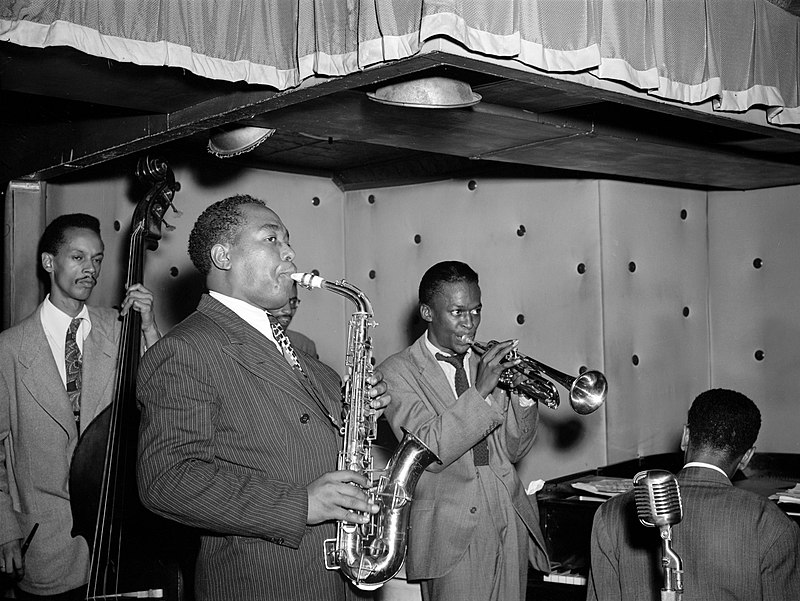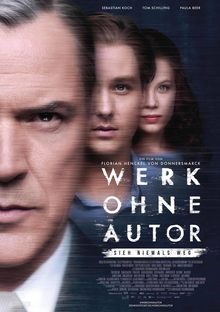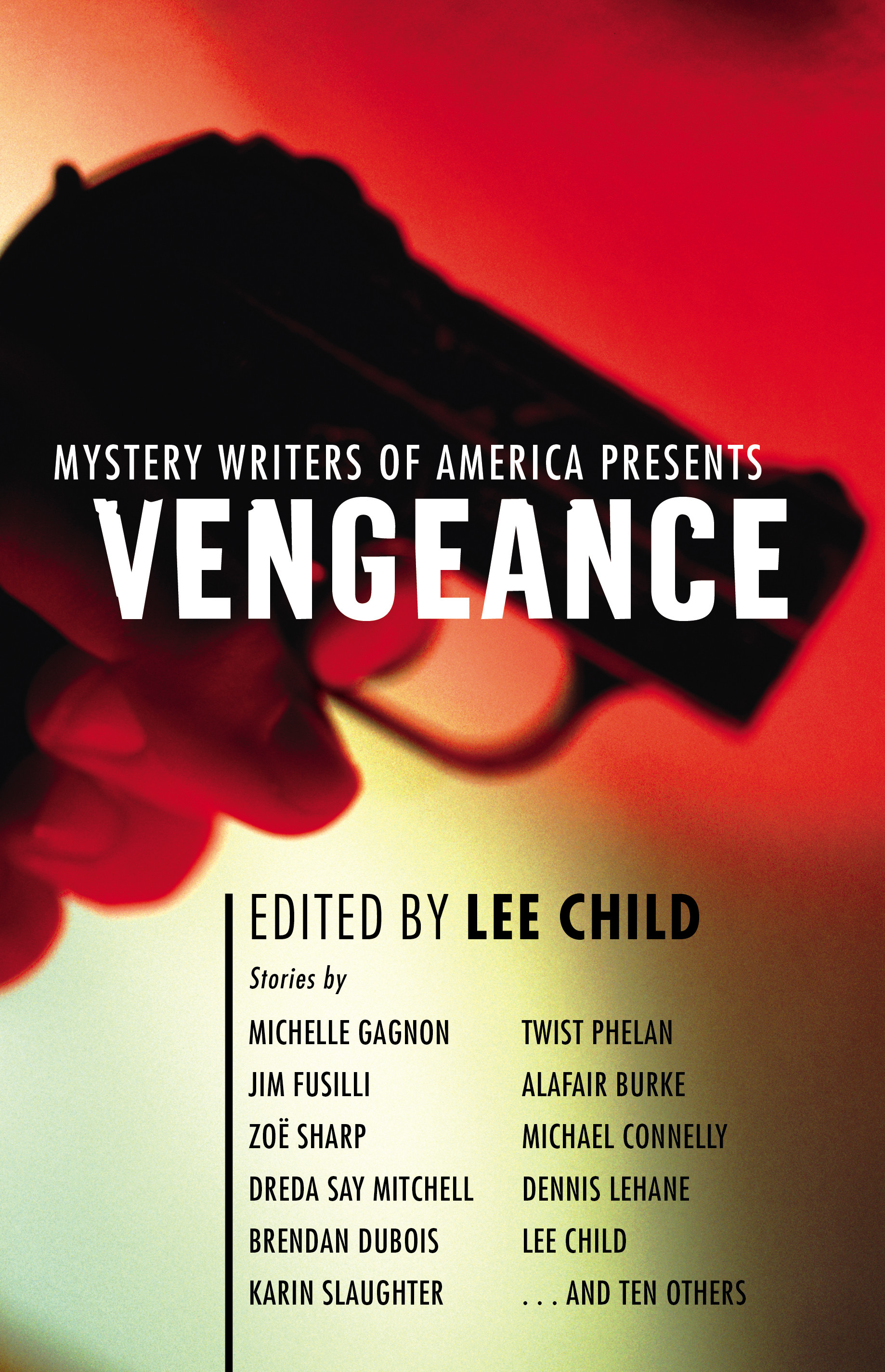Because the search for really good entertainment is never ending - especially these days - I'm here to help. I noticed a while back that there a gajillion stories about rock stars (and, dare I say it, not all of them that good - in fact, mostly extremely formulaic), but there aren't nearly enough about authors and artists and such. Not to say that I don't like a good movie about musicians:

These are some great documentaries:
Amazing Grace - Aretha Franklin, directed by Sidney Pollack in 1972, released 2018. Some great, great, great music - and a few surprising cameo shots of the audience. (Netflix, DVD only)
Miles Davis: The Birth of the Cool - 2019 (Netflix)
Chasing Trane: The John Coltrane Documentary - 2016 (Netflix)
Yes, I like jazz - sue me.
Now let's commingle the musicians as we move on to authors and artists and such:
Impromptu - (Netflix, DVD only) with Judy Davis as George Sand, Hugh Grant as Chopin, Mandy Pantinkin as Alfred de Musset, and Julian Sands as Listz. (And also Emma Thompson, and Bernadette Peters as a wickedly wonderful villain.) I love this movie - a rom-com with great music, costumes, settings, set in the 1830s, all of it true, and Judy Davis knocks me out as George.
I'm really becoming a fan of Argentinian Director Gaston Duprat. I mentioned his Mi Obra Maestra (My Masterpiece) on Netflix back last July. (https://www.sleuthsayers.org/2019/07/miscellany.html) As I said then, You gotta love a movie that opens up with a guy saying, "I'm a murderer".
So we finally watched another Duprat movie, and I wished I'd seen it earlier:

The Distinguished Citizen (Netflix), is a film that should become one of every writer's darkest nightmares. What happens when you go back to the small town you came from for a "special event"? For a "special honor"? It captures small towns perfectly. I knew every freaking character all too well, and I have been to - in fact, I have JUDGED - that art competition, by God. Small towns are the same in Argentina or South Dakota. And while cities may have a real edge on small towns with sudden random violence, only in a small town can you get the slow, slow, slow burning build to the disaster you know is coming, but cannot stop. Wonderful.

We watched Trumbo last night on Netflix: Helen Mirren was brilliant as Hedda Hopper, who really was even more of a bitch in real life. (Favorite story about HH: she wrote a nasty about Joseph Cotton having an extramarital affair with Deanna Durbin. When Cotton saw HH, in a restaurant, he pulled her chair out from under her. The next day he got endless flowers and telegrams from people who wished they'd had the courage to do the same.) Brian Cranston, excellent as Trumbo. Louis C.K. was interesting casting. Of course the script made Trumbo a little more of a hero of the Constitution than he actually was, and much more fun than he probably was - but one of the things I liked was watching him, writing, rewriting, cutting-and-pasting, and obviously wrestling his way through his great screenplays.

A truly great movie about artists is Donnersmarck's Never Look Away. It's a fictionalized version of the life and art of Gerhard Richter, who said himself said that it goes too far (in this The New Yorker article HERE). But I can understand why and how Donnersmarck couldn't resist:
The heart of the plot is wrapped around the true story of Richter's schizophrenic aunt, who was forcibly sterilized and later "euthanized" by the Nazis. The doctor who ordered both these "procedures" was - unbeknownst for a long time to Richter - the father of Richter's wife. (As always, truth is stranger than fiction...) But the heart of the movie is the drive to be an artist, no matter the circumstances, the lies, the world, the flesh, and the devil. My husband, Allan, who is a great artist in his own right (see his webpage HERE) said it was the best presentation he ever saw of how an artist goes from nothing (a blank canvas, a lump of clay) to a work of art. (Netflix on DVD or Amazon Prime for $6.99)

The Painter and the Thief is an amazing documentary currently available on Amazon, which takes mystery, art, addiction, crime, prison, domestic abuse, and tattoes and mingles them all together in a story that is unbelievable but true. Barbora Kysilkova, an artist from the former Czechoslovakia, forms a relationship with Karl Bertil-Nordland, a man who stole her artwork. She goes to his hearing to find out why he did it - and ends up painting him. Repeatedly. This means, as Bertil admits, “She sees me very well." Then he adds, "but she forgets that I can see her, too.” The New Yorker called it a "quaveringly dark fairy tale" - and they were right. It's worth the $3.99 rental price, that's for damn sure.
BTW - for some really great, entertaining, stylish documentaries on art, I can recommend all of Waldemar Januszczak's on Amazon Prime: This is an English art critic who knows his stuff and has a wicked sense of humor. Renaissance Unchained, The Impressionists, Rococo Before Bedtime, Brushstrokes, and more. We've enjoyed every single one of them. We just finished his documentary on Paul Gauguin, in which I learned that Gauguin spent his childhood in Peru. (I swear no one ever told me this before.) I consider this as important a discovery - it explains so much about his later artwork! - as when I found out that Aaron Burr was Jonathan Edwards' grandson (which I think explains so much about Burr's rebellion against, well, everything). Some things really need to be told clearly, and from the beginning.
Well, that will give you all a few nights' entertainment.
And a few quotes that may also spark a story idea or two:
- The market can stay irrational longer than you can stay solvent - John Maynard Keynes
- Put not your trust in princes - since they don't produce, they always steal - Robert Heinlein
- Seek approval from the one person you desperately want it from, and you're guaranteed not to get it - David Sedaris
Oh, and Knives Out! is on Netflix, too.
Until next time!
























